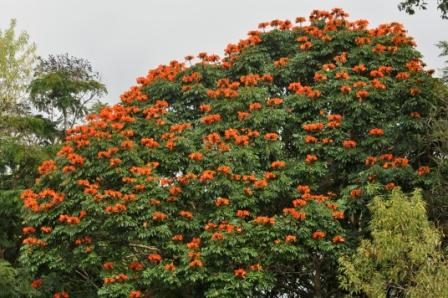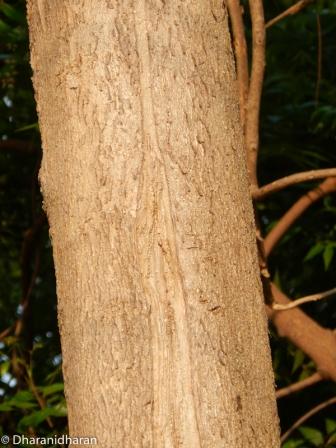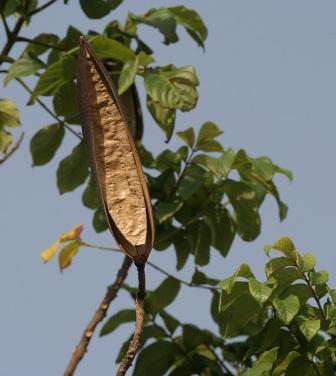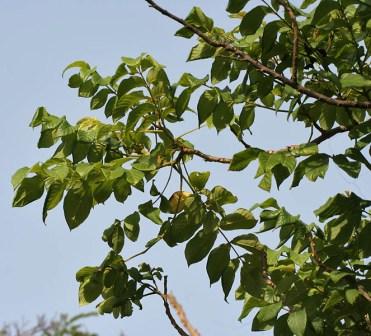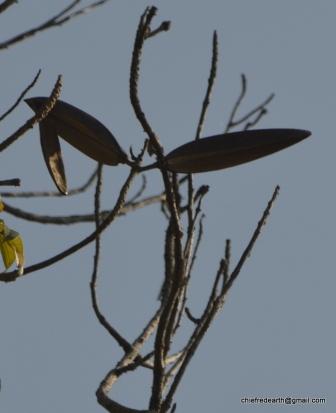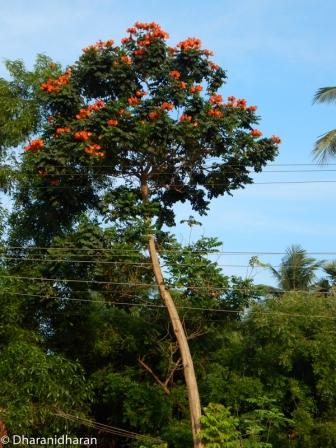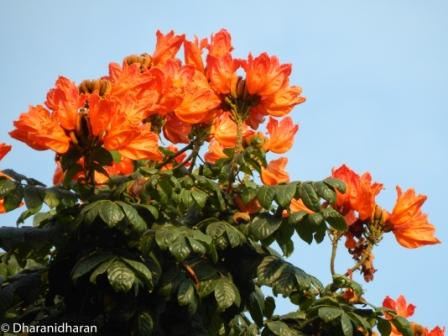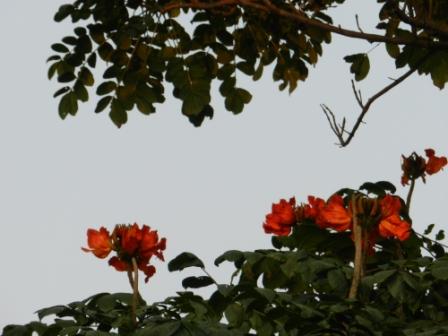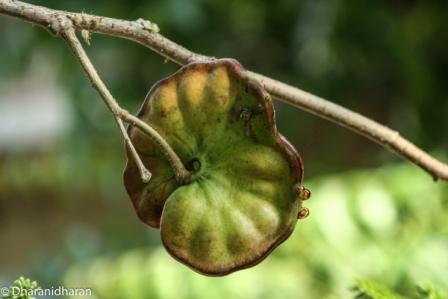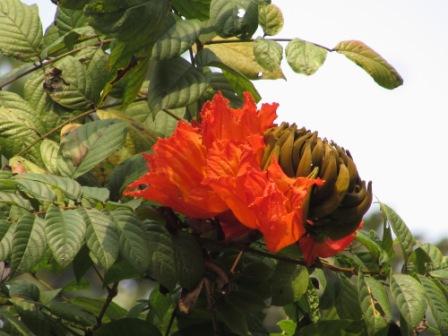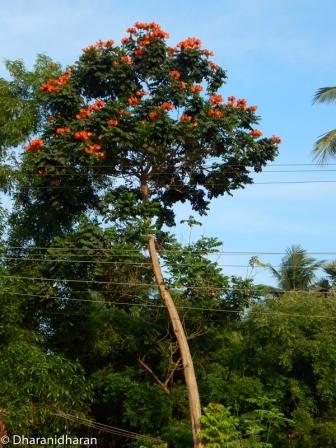African tulip tree
Spathodea campanulata
Description
General Information :
- Small to medium-sized deciduous tree up to 25(–35) m tall
- Shallow rooted;
- Bark pale grey-brown, turning grey-black when ageing.
- Leaves opposite or in whorls of 3, imparipinnate; stipules absent;
Distribution :
- African tulip tree is native of West and Central Africa, and western East Africa.
Habitat : African tulip tree is widely grown in tropical and subtropical regions outside Africa
Soil : Well drained oranic soil and along the stream.
Soil pH : 5.5-6
Altitude :2000 m
Rainfall :1300–2000 mm
Temperature : 25-30ºC
Terrain : Species in streams and flatten terrain.
Tree Characteristics : Deciduous ,fast growing,grow on any kind of soil provided there is sufficient water.
Habit : Moist deciduou , Tropical forest
Planting Guidelines
Growth : Fast
Height : 20m
Natural Regeneration :
- Propagation is mainly done by seeds.
Artificial Regeneration :
- Propgated mainly by seedlings and cuttings.
Seed collection and Storage :
- Propagation is mostly by seed.
- Seeds do not require treatment;
- They are recalcitrant and their viability is short.
- One kg contains about 125,000 seeds.
- The collected seeds are dried in the sun after removing the pulp.
- Fresh seeds should be used.
- The plant can also be propagated through cuttings.
Seed Treatment :
Nursery Technique :
- Site preparation will be done by ploughing and hoeing the land.
- Initially the nursery will be raised in mother beds and will be pricked out in polypots.
- It should have water as a perennial source to ensure adequate supply in hot weather and to reduce costs.
- The shape will be rectangular and would measure 100m x 25 m.
- Ten seed polybeds would be raised of 10m x 1m i.e. 10 sq m.
- The number of polybeds required at this stage is at 1:12 ratio i.e. 12 polybeds for each of the primary/seed polybeds.
- The 1.25 lakh seedlings will be raised in a total of 120 polybeds (1000 seedlings per polybed) of which 1.20 lakh seedlings would be raised in polybags and remaining 5000 will be naked rooted seedlings.
Plantation technique :
- Land preparation and fertilizer application Pits of size 45 cm × 45 cm × 45 cm are prepared at a spacing of 3 m × 3 m.
- The pits are weathered and refilled with topsoil after mixing with 10 kg FYM per pit.
- An additional 10 kg manure should be applied as the follow-up dose during October–November.
- Cuttings can also be used for propagation, larger diameter cuttings (up to 10 cm) giving the best results.
- Saddle and side grafting are sometimes used to multiply desirable ornamental forms, such as those with yellow flowers, with higher success rates for side grafting (75% vs. 25%).
- However, saddle-grafted plants have better growth. Root suckers can also be used for propagation.
Care & Disease Control :
- African tulip tree is affected by leaf blister and is susceptible to butt and heart rot.
- Fungal diseases (Diplodia and Corynespora species) attack 1–2 year old seedlings.
- African tulip tree is a host of the fungus Ceratocystis fimbriata and Xyleborus beetles in and of gypsy moth (Lymantria dispar) and the coreid bug Leptoglossus zonatus
Major uses :
- The wood is used for carving.
- It is used as firewood and to produce charcoal.
- Plywood seems the only widespread commercial use for the timber.
Other uses :
- Extracts of bark, leaves and flowers are used to treat malaria, HIV, diabetes mellitus, oedema, dysentery, constipation, gastro intestinal disorders, ulcers, skin diseases, wounds, fever, urethral inflammation, liver complaints and as a poison antidote.
- It may be effective as a malaria prophylactic and in the control of Aedes mosquitoes.


